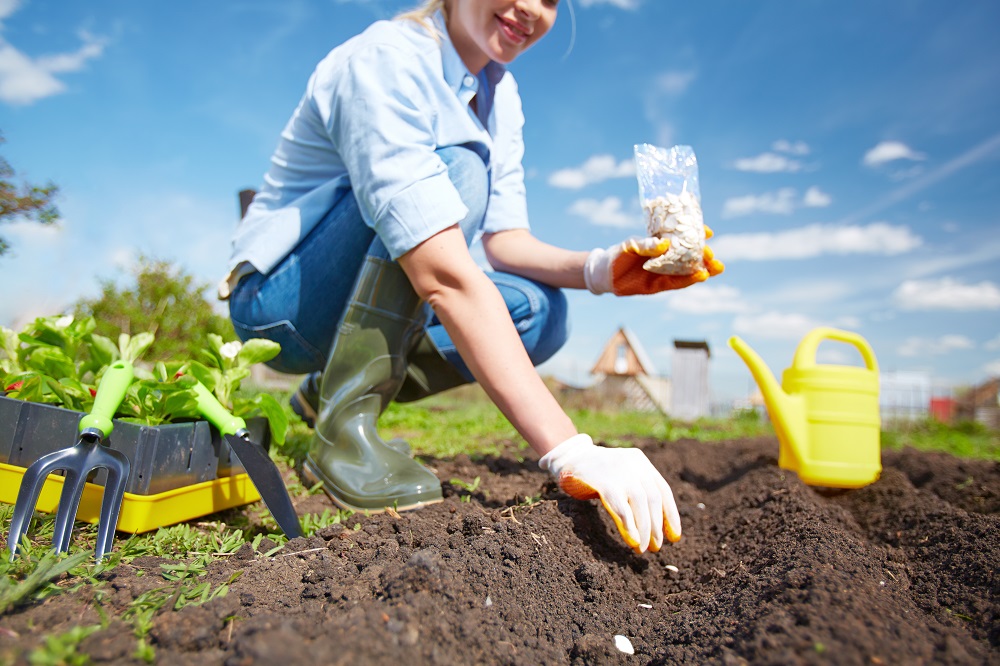
If you’re like me, you started off the gardening season with high hopes in the spring. You dutifully prepared your garden beds and planted your seeds, dreaming of the healthy plants and perfect vegetables you’ve seen on websites and in magazines. But by midsummer, the inevitable battles with Texas heat, drought, plant-munching insects, and various blights and diseases dampened your enthusiasm for gardening. And by Labor Day you were relieved to pull out the shaggy, overgrown, not-so-perfect-looking plants, hang up the gardening tools for winter, and plan for better things next year!
Although this desire to "call it a season" after fighting your way through summer's gardening challenges is certainly understandable, there's good reason to press on and plant a fall garden.
Fall gardening can be productive, rewarding, and is usually quite free of many of summer's challenges. After the dryness of summer, increased autumn rainfall brings a welcome relief from watering chores. Many insects have completed their lifecycles and are heading into winter hibernation, so you won't have to compete with them for your vegetables. The heat and humidity that quickly spread fungal and bacterial diseases (not to mention make the gardener uncomfortable and irritable) are no longer present. Overall, fall is a very pleasant time in the garden.
The long, hot days of summer can make it difficult (if not impossible, depending on where you live) to grow greens such as lettuce and spinach which will quickly bolt and become bitter, but the shorter, cooler days of fall allow the return of these plants to the garden. Brassicas such as broccoli, kale, and cabbages are the stars of the fall garden, thriving in the cooler temperatures. Root vegetables such as carrots, beets and rutabagas can be matured in still-warm fall soils and then left in the ground to harvest through Christmas (or perhaps through the whole winter). All of these vegetables can not only survive a frost, but their flavor will actually be improved after they've been hit by frost a few times. This is because sugar is a plant's natural antifreeze. When temperatures drop below freezing, plants create more sugars to protect themselves and the result is much sweeter vegetables.
The trick to having a good fall garden is starting plants early enough so that they're large and healthy by the time of the first frost in your area. This can be somewhat difficult since your garden space is no doubt typically devoted to summer crops such as tomatoes, peppers and beans, that will keep producing until they are hit by frost. By the time you pull these summer crops out, it will be too late to plant the fall garden. That's why it's important to plan ahead.
Here's a list of just a few vegetables that grow well during the Texas autumn / winter season:
- carrots
- potatoes
- broccoli
- cauliflower
- kale
- cabbage
- English peas
- zucchini


